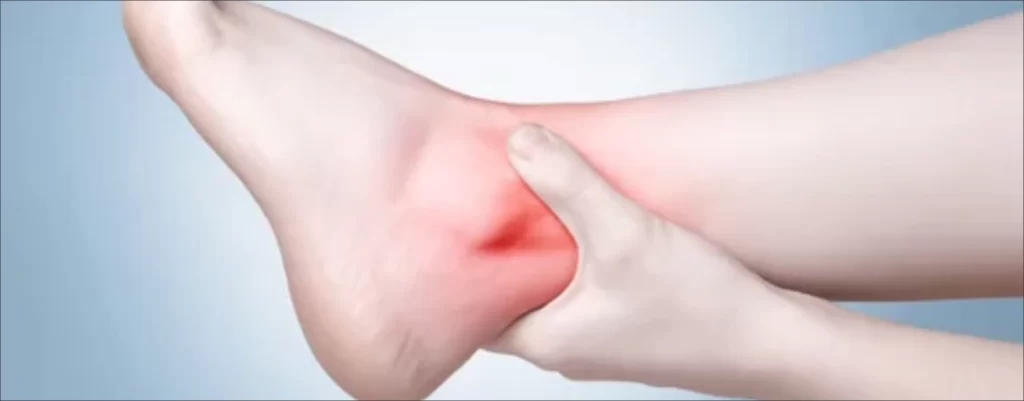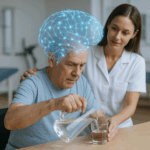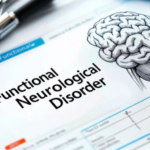Achilles Tendinopathy: Self-Management Tips
What is Achilles tendinopathy?
- Achilles tendinopathy involves local tendon pain associated with activities that load the Achilles tendon.
- It can lead to pain, reduced function, swelling, stiffness, and soreness after rest.
- There are two main types: insertional tendinopathy and midportion tendinopathy.
Why do I have it?
- Various factors contribute, including biomechanics, genetics, health issues, structural changes in the tendon, and overuse.
- It’s often associated with systemic disorders and overuse injuries due to repetitive loads exceeding the tendon’s capacity.
How is it diagnosed?
- Diagnosis is based on clinical symptoms, activity-related pain, and tenderness upon palpation.
- Functional tests like single-leg hopping or heel raises can help identify pain triggers.
- Imaging studies like ultrasonography may be used to rule out other sources of pain.
What can I expect?
- Persistent symptoms and flare-ups are common, and long-term prognosis varies.
- Majority of individuals see symptoms resolve over time, but some may continue to experience mild symptoms.
How can I manage it?
- Early intervention is key, focusing on exercise therapy, education, and load management.
- Exercise therapy involves progressively loading the tendon through various strengthening exercises.
- Load management includes adjusting activity levels to avoid overloading the tendon.
Other options?
- In some cases, adjunct therapies like shockwave therapy or injections may be used alongside exercise therapy.
- Overall wellbeing, addressing emotional factors, and maintaining a healthy lifestyle are important for recovery.
Prevention:
- Avoid load spikes and gradually increase activity levels.
- Ensure adequate rest, recovery, and warm clothing in cold seasons.
- Maintain a healthy weight and address any underlying health issues.
Medication:
- NSAIDs and corticosteroid injections may have limited effectiveness and potential side effects.
- Heat and cold therapy can be alternatives to manage pain symptoms.
Remember: Patience and consistency are key to managing Achilles tendinopathy effectively. Consult healthcare professionals for personalized guidance and support throughout the recovery process.






